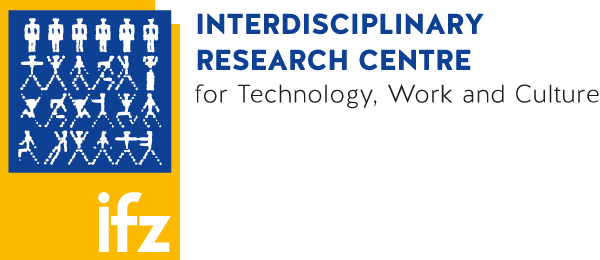ER-net - Developing tools to support decision making on funding and coordination of regional energy initiatives in Austria
Based on established methods (SWOT-Analysis, Konstellations-analyse, Social Network Analysis) this project delivers decision making tools for units which are responsible for the coordination and/or funding of Energy Regions in order to support them in selecting appropriate activities and measures.
Austrian Fund on Climate and Energy, Regions Lower Austria, Salzburg and Styria
2008-2009
- Land Steiermark, Abt. 16 Landes- und Gemeindeentwicklung
- Landesenergieverein Steiermark
- Land Salzburg, Abt. 4 Land- und Forstwirtschaft, Bioenergieförderung und Leader-Koordination
- Land Niederösterreich, Geschäftsstelle für Energiewirtschaft
- Land Niederösterreich, Abt. Landwirtschaftsförderung/Leader-Stelle
- Energievision Murau (Energieagentur Obersteiermark)
- Energieregion Oststeiermark (Regionalmanagement Oststeiermark)
- 100% Erneuerbare Energie Auland-Carnuntum (Energiepark Bruck a.d.L)
Regional initiatives aiming to focus regional development strategies on the exploitation of renewable energy and to build up respective actor networks are often referred to as ‘Energy Regions’ in Austria. These initiatives feature a wide range of objectives, forms of organisation and framework conditions. Such differences need to be considered when deciding on the optimal (financial) support and coordination of such initiatives.
How can the potential of regional energy initiatives be assessed - in advance of realisation and yet inter-objectively sound?
Based on established methods (SWOT-Analysis, Konstellations-analyse, Social Network Analysis) this project delivers decision making tools for units which are responsible for the coordination and / or funding of Energy Regions in order to support them in selecting appropriate activities and measures:
- a typology of energy initiatives,
- a phase model (typical phases and points of decision),
- lists of success indicators (depending on context conditions)
- a decision making tool (including indicators of process quality)
- and a guidebook introducing into all these tools and procedures.
The practicability of the methods developed is secured by the involvement of actors experienced in coordinating such initiatives within the project team. Additionally, the involvement of the potential users of these tools in form of many relevant decision makers (mostly in three provincial governments) is guaranteed. They agreed to support the project by delivering financial subsidies and personal ressources.
